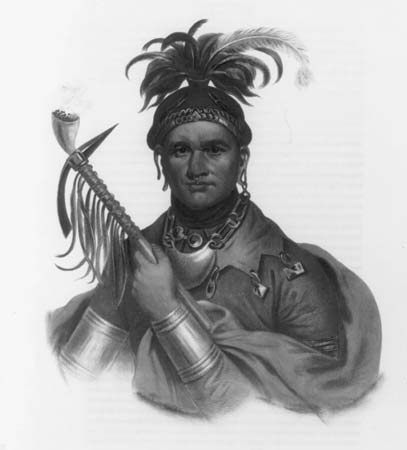Seneca
county, New York, United States
county, central New York state, U.S., lying between Cayuga Lake to the east and Seneca Lake to the west, the latter the largest and deepest of the Finger Lakes. Lowlands in the north that are forested with oak and hickory rise to a plateau region in the south that contains maple, birch, and beech trees. The principal stream is the Seneca River, which comprises part of the New York State Canal System (and its constituent Erie Canal) and Seneca and Cayuga canals. Several state parks and vineyards are found along the shores of the lakes, while Montezuma National Wildlife Refuge is located in marshland in the northeastern corner of the county.
In 1779 an American military campaign razed the local villages of the Seneca Indians, members of the Iroquois Confederacy. Seneca Falls was the home of feminists Elizabeth Cady Stanton (Stanton, Elizabeth Cady) and Amelia Jenks Bloomer (Bloomer, Amelia Jenks) and the site of the Seneca Falls Convention for women's rights (1848). Waterloo is the county seat. The Seneca Army Depot is located in the centre of the county.
Seneca county was created in 1804 and named for the Indian tribe. The economy is based on manufacturing and agriculture. Area 325 square miles (842 square km). Pop. (2000) 33,342; (2007 est.) 34,228.
people
North American Indians of the Iroquoian linguistic group who lived in what is now western New York state and eastern Ohio. They were the largest of the original five nations of the Iroquois Confederacy, in which they were represented by eight chiefs. In the autumn small parties of Seneca men left the villages for the annual hunt, returning about midwinter; spring was the fishing season. Seneca women were responsible for the cultivation of corn (maize) and other vegetables.
 The Seneca used kinship to organize their society; extended families linked through the maternal line lived together in longhouses. The tribe had eight clans; these were in turn organized into two equally sized groups, or moieties. The moieties had their own chiefs and served complementary roles in games, funerals, and ceremonies. Kinship rules mandated marriage between, not within, the moieties. Each community had a council of adult males who guided the moiety chiefs.
The Seneca used kinship to organize their society; extended families linked through the maternal line lived together in longhouses. The tribe had eight clans; these were in turn organized into two equally sized groups, or moieties. The moieties had their own chiefs and served complementary roles in games, funerals, and ceremonies. Kinship rules mandated marriage between, not within, the moieties. Each community had a council of adult males who guided the moiety chiefs.Warfare with other indigenous nations was frequent; to a greater extent than most other Northeast Indians (Northeast Indian), the Seneca recovered their losses by adopting whole towns of other tribes. During the 17th century, wars led to the expansion of the original Seneca territory between Seneca Lake and the Genesee River to include all of western New York state from Niagara south along the Allegheny River into Pennsylvania. Remote from colonial contact, secure in game and corn, the Seneca could field 1,000 warriors, equaling the combined strength of the rest of the Iroquois Confederacy.
Because the Seneca were allied with the British during the American Revolution, American Gen. John Sullivan (Sullivan, John) destroyed their villages in 1779. In 1797, having lost much of their land, the Seneca secured 12 tracts as reservations. In 1848 the incompetence and corruption of the hereditary chiefs, in particular their surrender of tribal land to non-Indians, caused the Seneca to change their form of government to a republic.
Early 21st-century population estimates indicated some 16,000 individuals of Seneca descent.
- togavirus
- Toggenburg
- Toggenburg Succession
- toggle mechanism
- Toghrïl Beg
- togidashi maki-e
- Togliatti, Palmiro
- Togo
- Togo, flag of
- Togoland
- Emlen Tunnell
- Emlyn, Thomas
- Emlyn Williams
- Emma Calvé
- Emma Cecilia Thursby
- Emma Eames
- Emma Garrett, Mary Smith; and Garrett
- Emma Goldman
- Emma Hamilton, Lady
- Emma Jacobina Christiana Marwedel
- Emma, Lady Hamilton
- Emma Lazarus
- Emma Nevada
- Emmanuel-Armand de Richelieu Aiguillon, duc d'
- Emmanuel-Armand de Richelieu, duc d' Aiguillon